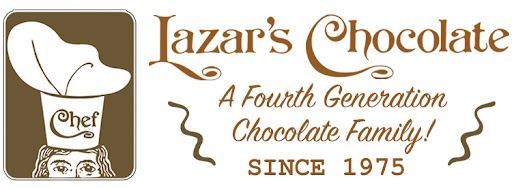 Chocolate is more than just a sweet treat; it’s an experience that tantalizes the taste buds with a symphony of flavors. From the intense bitterness of dark chocolate to the creamy sweetness of white chocolate, each type offers a unique taste profile that caters to different palates. In this guide, we’ll explore the diverse world of chocolate tastes and help you find your perfect match.
Chocolate is more than just a sweet treat; it’s an experience that tantalizes the taste buds with a symphony of flavors. From the intense bitterness of dark chocolate to the creamy sweetness of white chocolate, each type offers a unique taste profile that caters to different palates. In this guide, we’ll explore the diverse world of chocolate tastes and help you find your perfect match.
Understanding Chocolate Flavors:
- The Bold Taste of Dark Chocolate
Dark chocolate is celebrated for its rich, intense flavor. With cocoa content ranging from 70% to 100%, it offers a slightly bitter taste that chocolate purists love. The higher the cocoa content, the more robust the flavor, often accompanied by subtle notes of fruit, spice, or even coffee. - The Creamy Delight of Milk Chocolate
Milk chocolate is a crowd favorite, known for its creamy texture and sweet, mild flavor. With a lower cocoa content, typically around 30-50%, it’s blended with milk solids and sugar, making it smooth and palatable for those who prefer a sweeter taste. - The Sweet Simplicity of White Chocolate
White chocolate, though technically not “chocolate” in the strictest sense, offers a creamy, buttery flavor profile. Made from cocoa butter, sugar, and milk solids, it lacks the bitterness of cocoa solids, making it a perfect choice for those who love sweet, rich flavors. - Exploring Unique Flavors in Artisan Chocolates
Artisan chocolates have taken the chocolate-tasting experience to new heights. From chocolates infused with exotic spices like chili or cardamom to those blended with fruits, nuts, or even floral essences, there’s a flavor for every adventurous palate.
How to Taste Chocolate Like a Pro:
- Start with the Basics
Begin by tasting chocolates of different cocoa percentages. This will help you understand the impact of cocoa content on flavor. - Pay Attention to Texture
The mouthfeel of chocolate is just as important as its taste. Notice how it melts on your tongue, whether it’s smooth, grainy, or velvety. - Identify Flavor Notes
Take a moment to savor each bite. Can you detect fruity, nutty, or spicy undertones? Professional chocolate tasters often describe chocolate in terms similar to wine, identifying a range of complex flavors. - Experiment with Pairings
Enhance your chocolate-tasting experience by pairing it with complementary flavors. Dark chocolate pairs well with red wine or coffee, while milk chocolate can be paired with tea or lighter wines. White chocolate, with its rich sweetness, pairs beautifully with champagne or dessert wines.
Conclusion:
Chocolate tasting is an art that allows you to explore a world of flavors in every bite. Whether you’re a fan of the deep, rich taste of dark chocolate or the creamy sweetness of milk and white varieties, there’s a chocolate out there for everyone. So, go ahead and indulge your senses—your perfect chocolate experience awaits.


Recent Comments